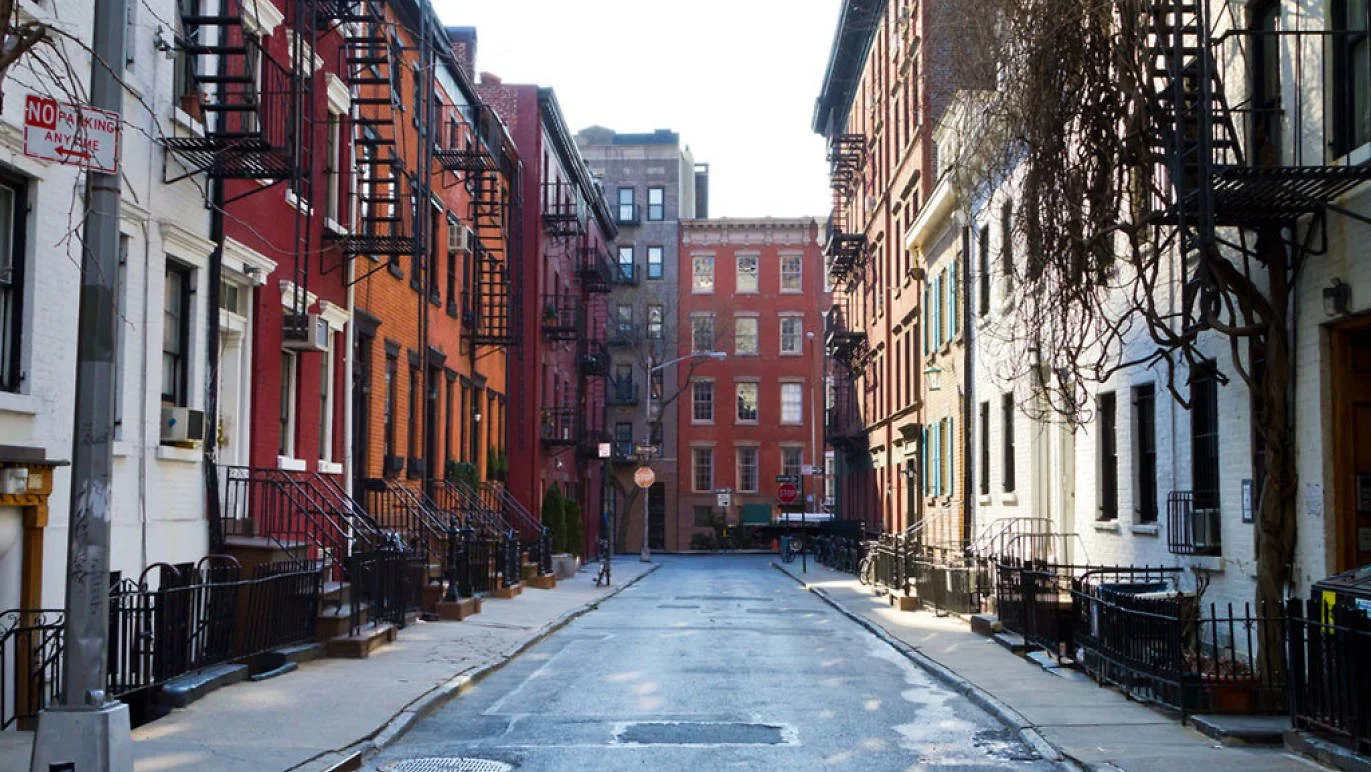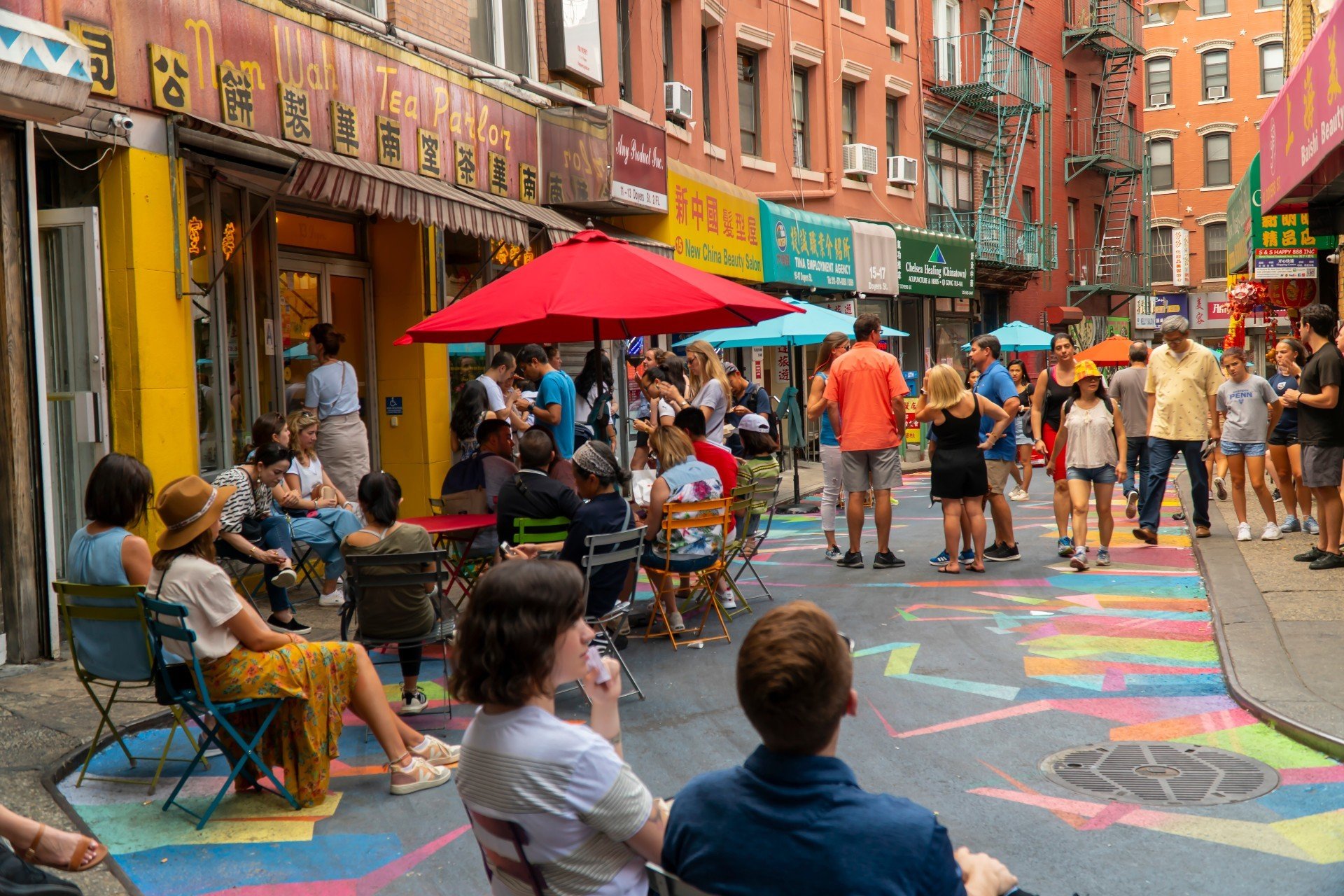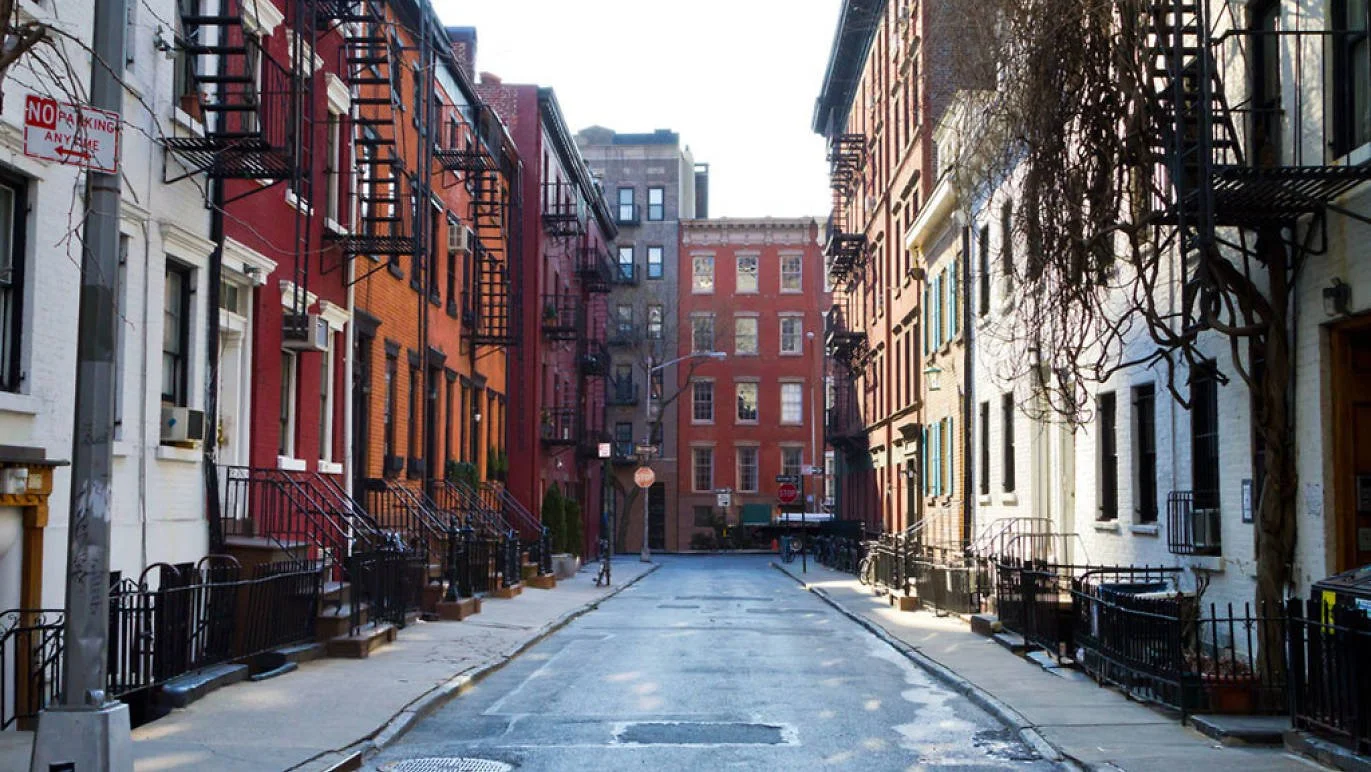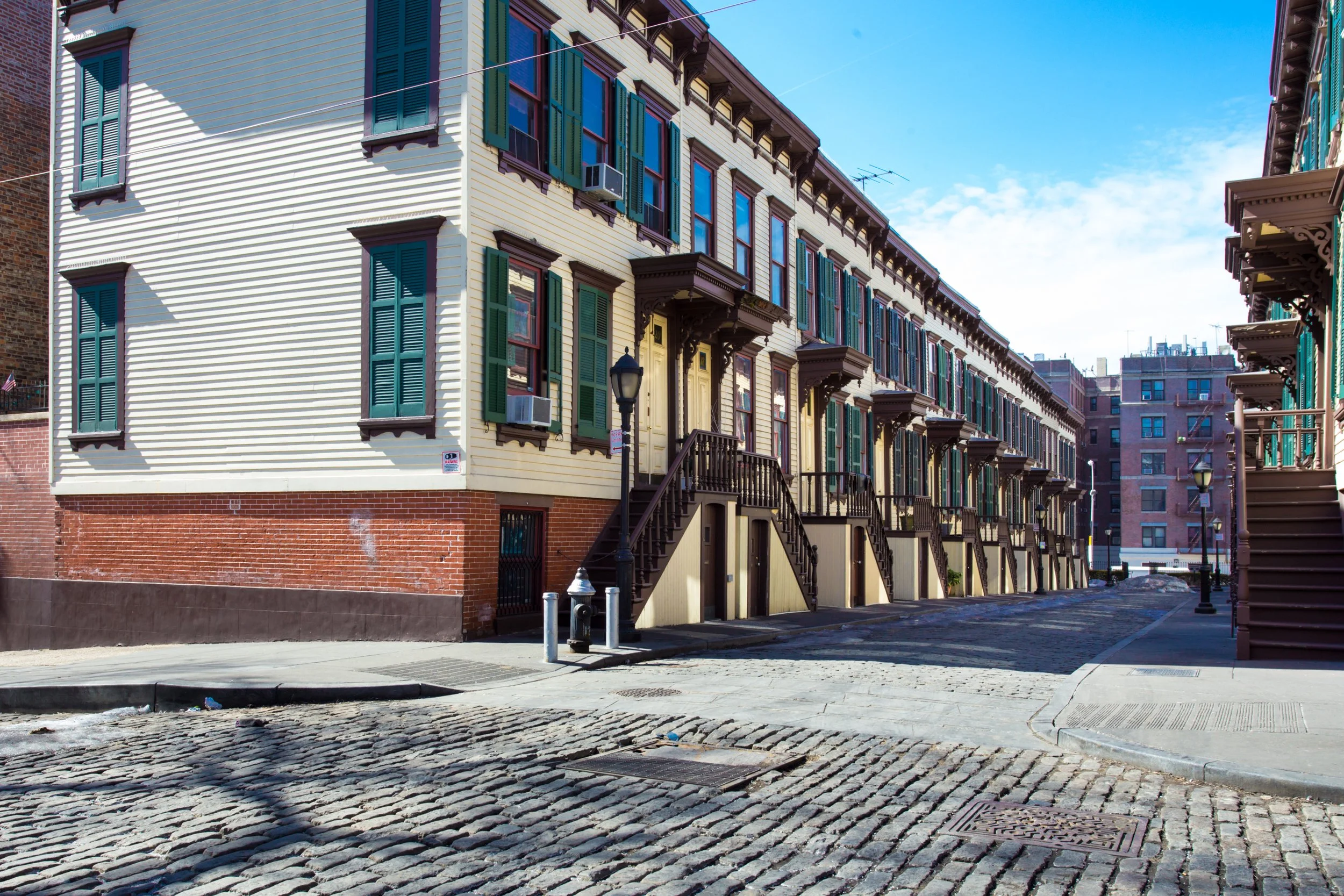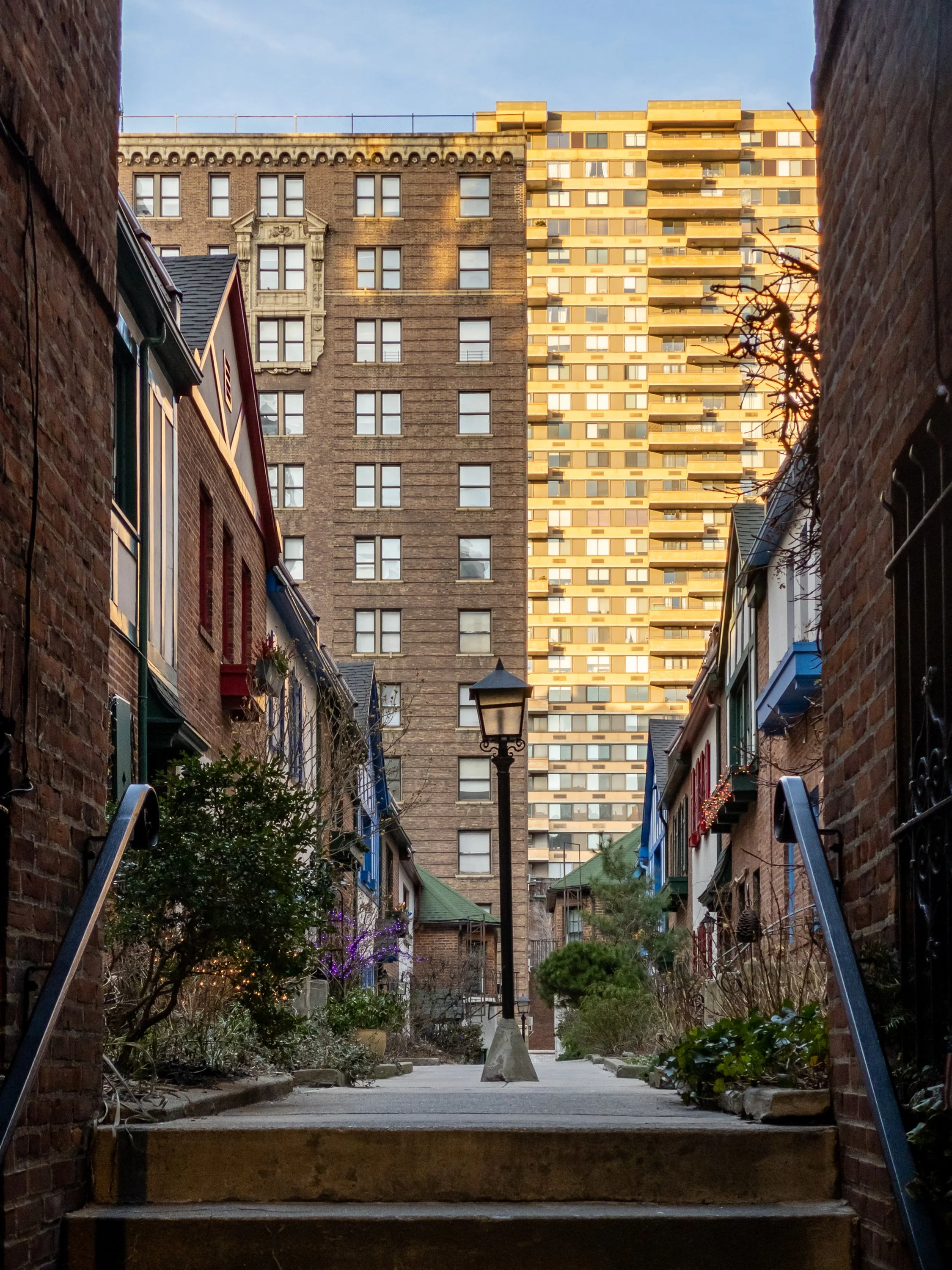New Yorkers might know their city like the back of their hand
but there are always still some hidden pockets waiting to be discovered. Something new is forever taking place of the old. And there are still a plethora of old places to explore but you just have to know where to find them.
Look at all these adventures awaiting you.
Photograph: Shaye Weaver/Time Out
1. Washington Mews (Greenwich Village)
The Washington Mews is a private, gated (but open street) community just north of Washington Square Park, between Fifth Avenue and University Place. It will take you back in time to old row houses and stables. These mews serviced horses from homes in the neighborhood during the 18th and 19th centuries and some were homes too. Around 1950, NYU rented most of these buildings and converted them into faculty housing and offices.
Photograph: Shutterstock
2. Doyers Street in Chinatown
Known as the Bloody Angle, Doyers Street is a 200-foot-long curved street between Pell Street to Bowery that was once one of the deadliest streets. It now is replaced with well-known restaurants such as Nom Wah Tea Parlor, barbershops, and other retail spots, but during the early 20th century, it was a place where it was known for its numerous killings committed by the Tong Gangs. From hatchet killings to shootings, the street was infamous for its violence. Its strange curve actually follows the route of an old stream that was also home to the first Chinese language theater in NYC. Now it's a pedestrian-only street that attracts New Yorkers and tourists alike because of its great restaurants and bars. Definitely not as dangerous as it use to be.
Photograph: Shutterstock
3. Gay Street (Greenwich Village)
Gay Street was named after a family who lived there during colonial times, hence the Federal-style houses on the west side of the street. It has been featured in several different films and videos such as 1943's A Night to Remember, Cyndi Lauper's Girls Just Want To Have Fun. Not only it is one of the city's oldest streets, but it is also one of the most secret housing developments on Grove Street.
Photograph: Shutterstock
4. Sylvan Terrace (Washington Heights)
The street was once filled with carriage drivers for the Morris-Jumel Mansion, but when the property was sold in the 1800s, 20 wooden houses were built here before the 20th Century for the working class civil servants and laborers. Since the 1970s, the Sylvan Terrace was a designated city landmark that has been kept uniform as much as possible.
Photograph: Shutterstock
5. Pomander Walk (Upper West Side)
Another gated community, the Pomander walk can be found between 94th and 95th streets between Broadway and West End Avenue. You will recognize the rooster on an iron sign that hangs above the entrance. When you look through the gate, this small street with homes facing each other looks like something out of a Disney movie. The homes were divided into apartments and landmarked in 1982 and one of them recently sold for $2.5 million.
6. Verandah Place (Cobble Hill)
Situated in Cobble Hill's Historic District, this street goes back to at least the mid-1900s, with townhouses and a park across the way. It was originally a mews for carriages and horses. It's just one block long and 20 feet wide, making it a unique pass-through for walkers. Like many of its hidden streets, Verandah Place was also known for criminal activity in the early 20th Century. Years later, in 1967, it was landmarked and preserved.
7. Freeman Alley (Bowery)
This is a dead-end alleyway on Rivington Street between Bowery and Chrystie, but a restaurant called Freemans resides there. It was the site of a breadline from the Bowery Mission.
8. Warren Place Mews (Cobble Hill)
HIdden between Warren and Baltic streets, this alley-like residential property with townhouses will make you feel like you're not even in New York City anymore. This was built for the working class as housing developments in 1879 by Alfred Tredway White. There are 34 homes that exist here and sell for millions.
9. Hunts Lane (Brooklyn Heights)
The mews on this dead-end street is off Henry Street near Remsen and according to Brownstoner, looks as if it was frozen in time. Its carriage houses from the turn of the 20th Century go for millions now on the market. Back in the day, only horses lived there. Now it's a common theme for many of these secret streets.


